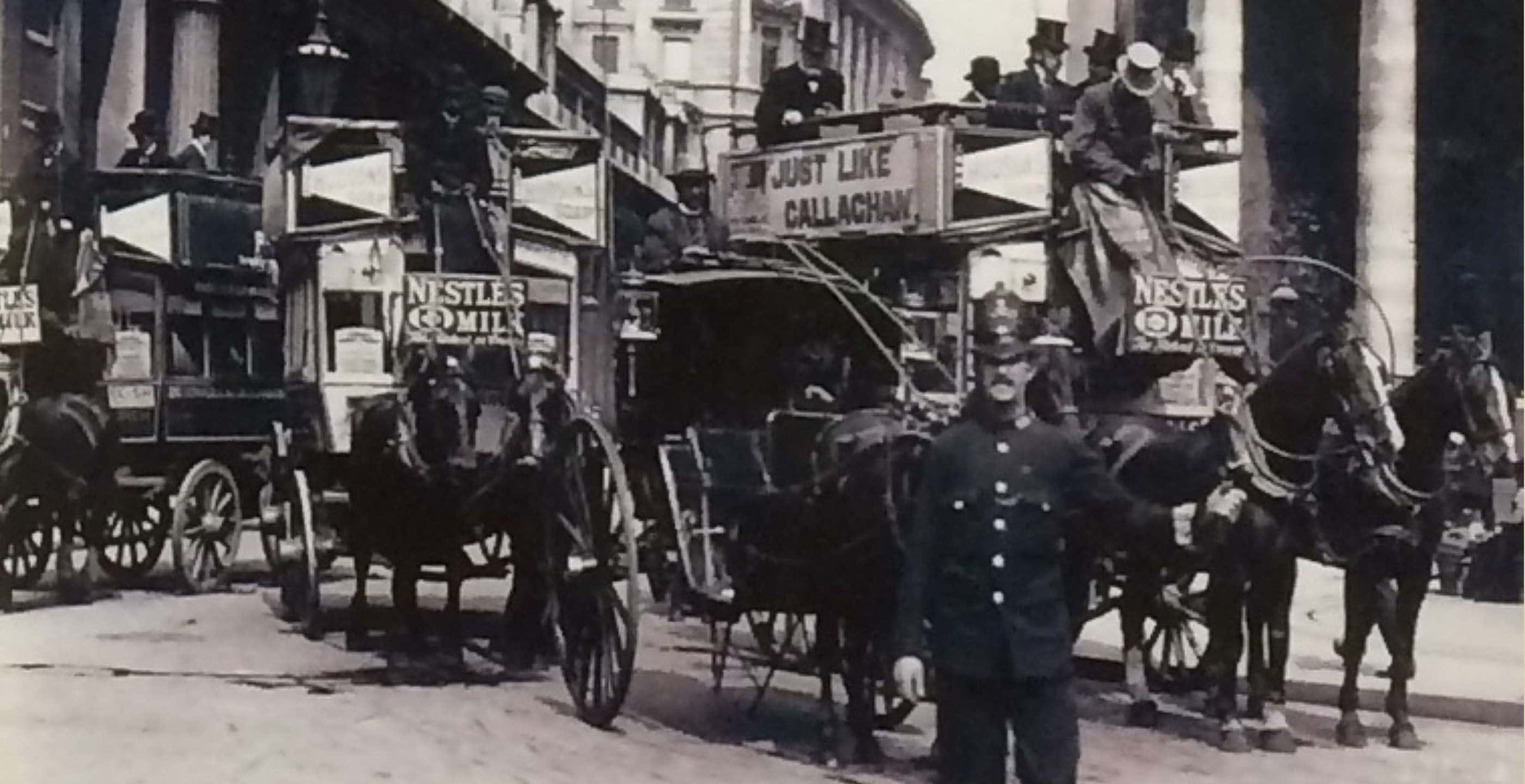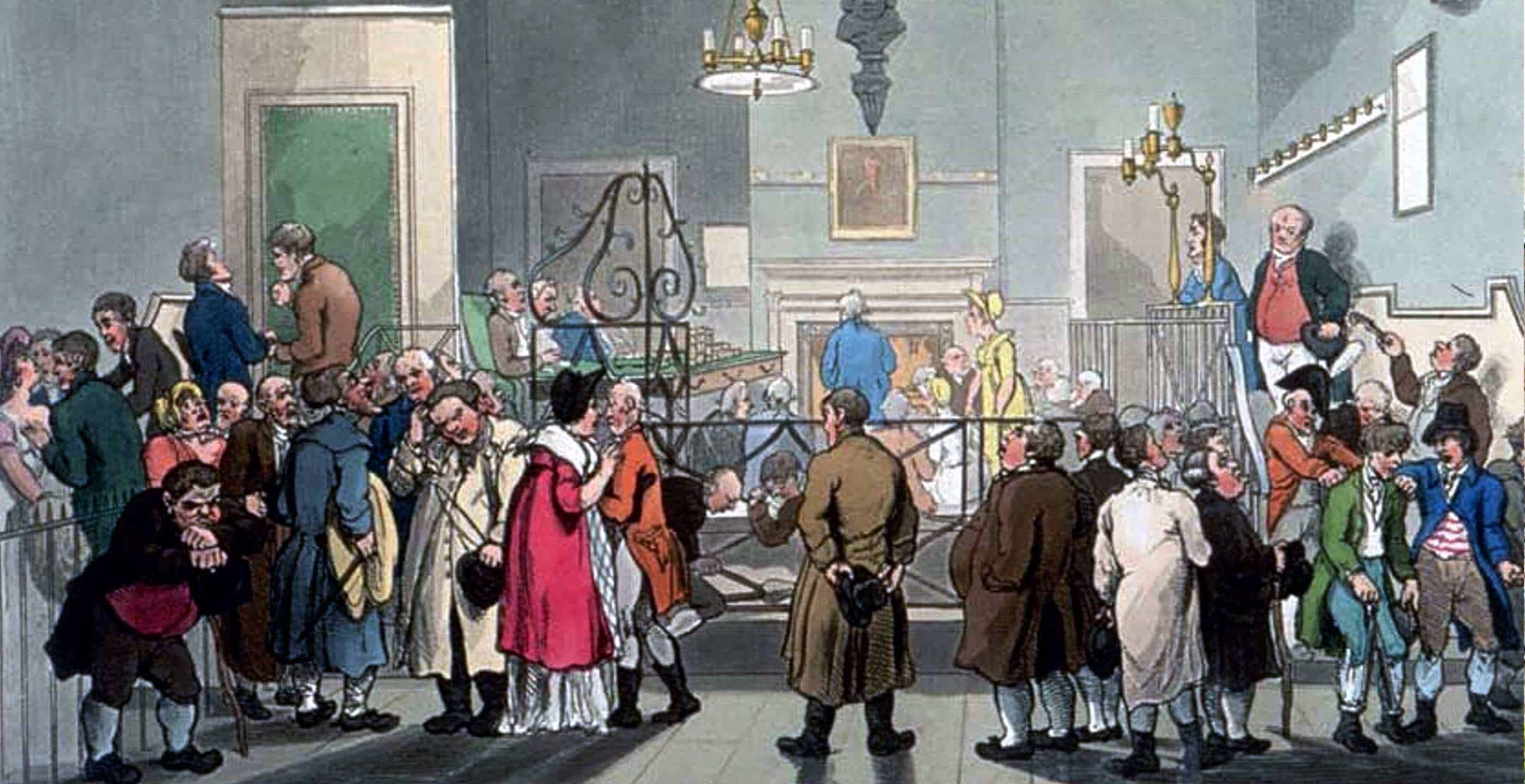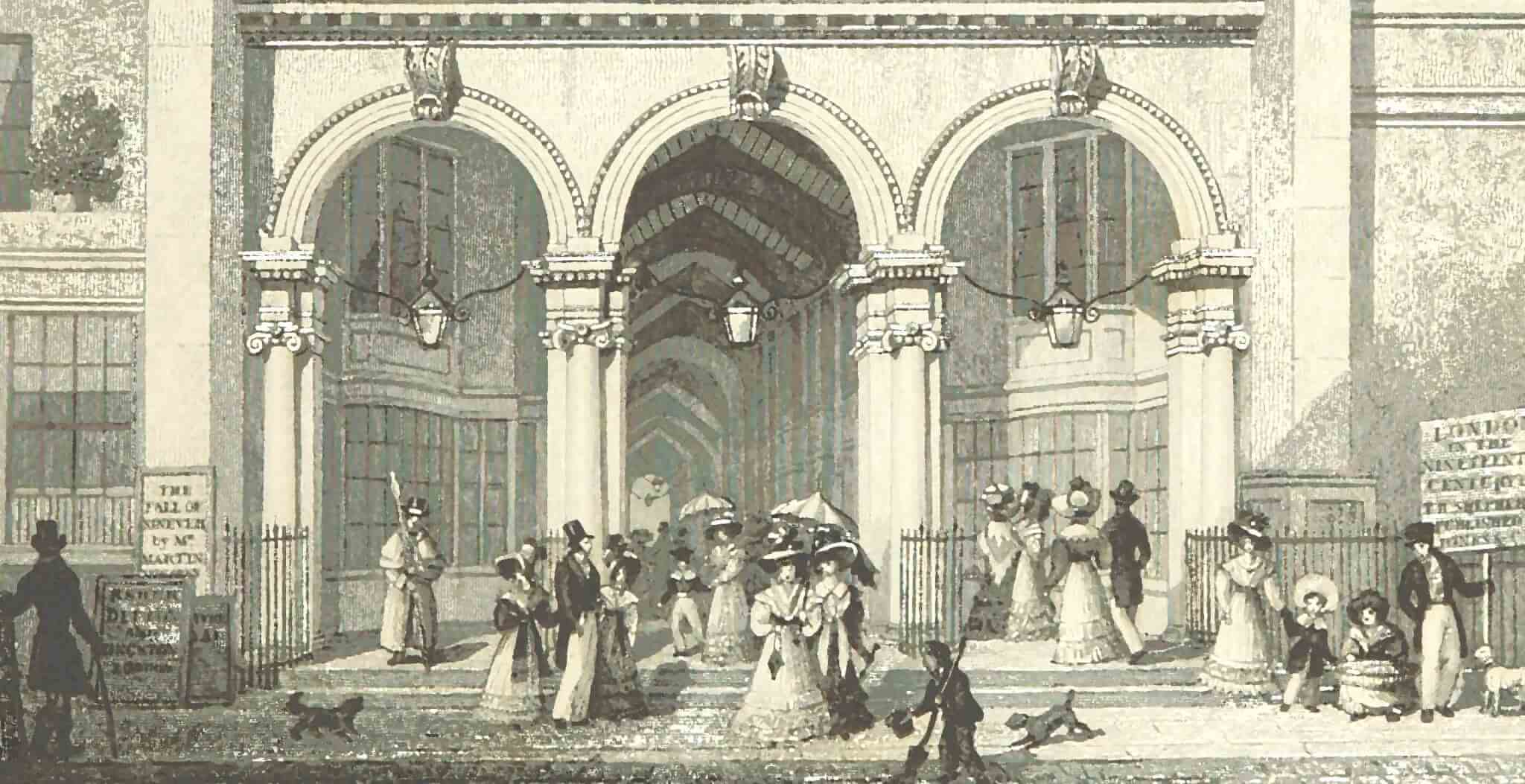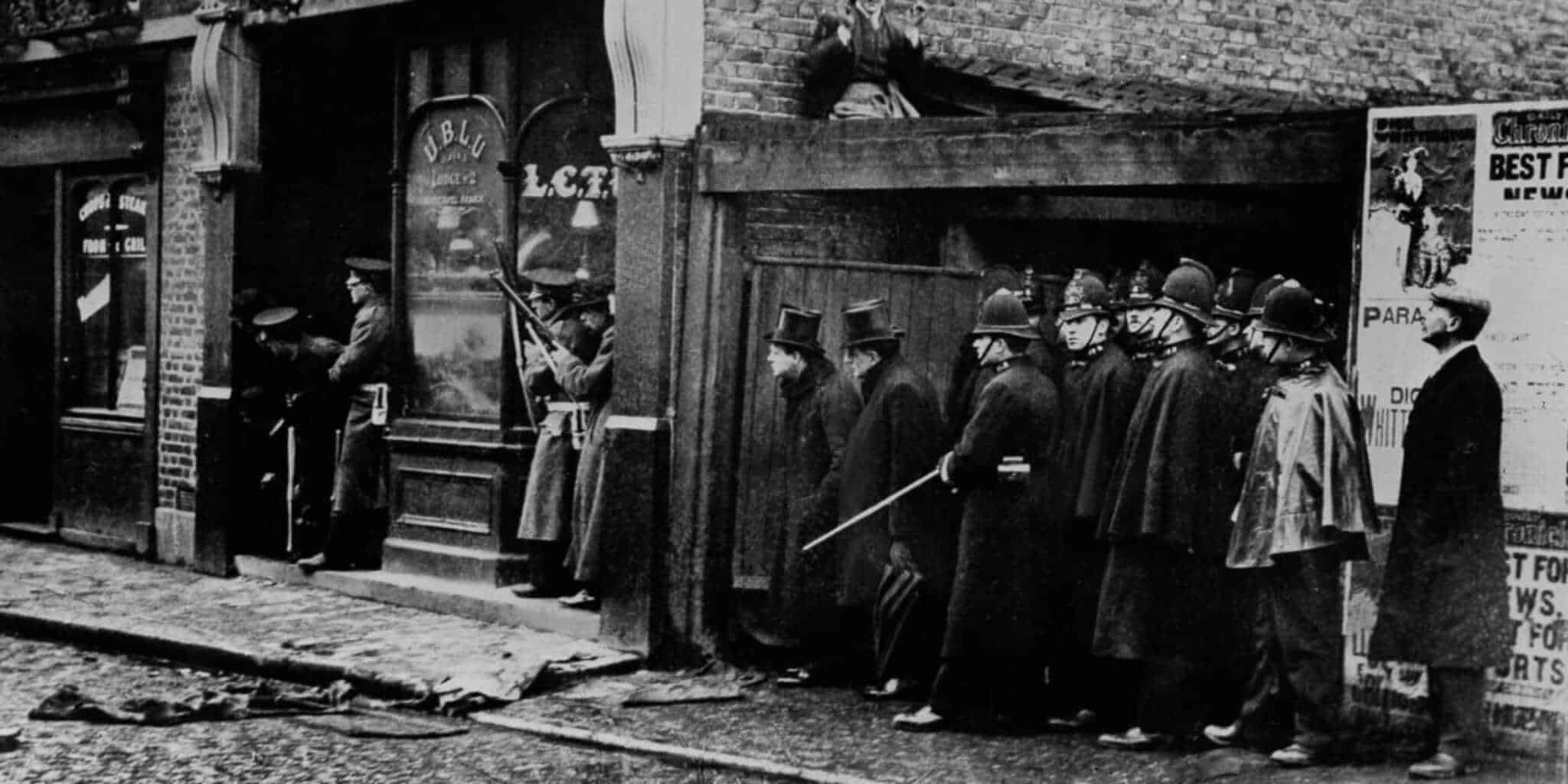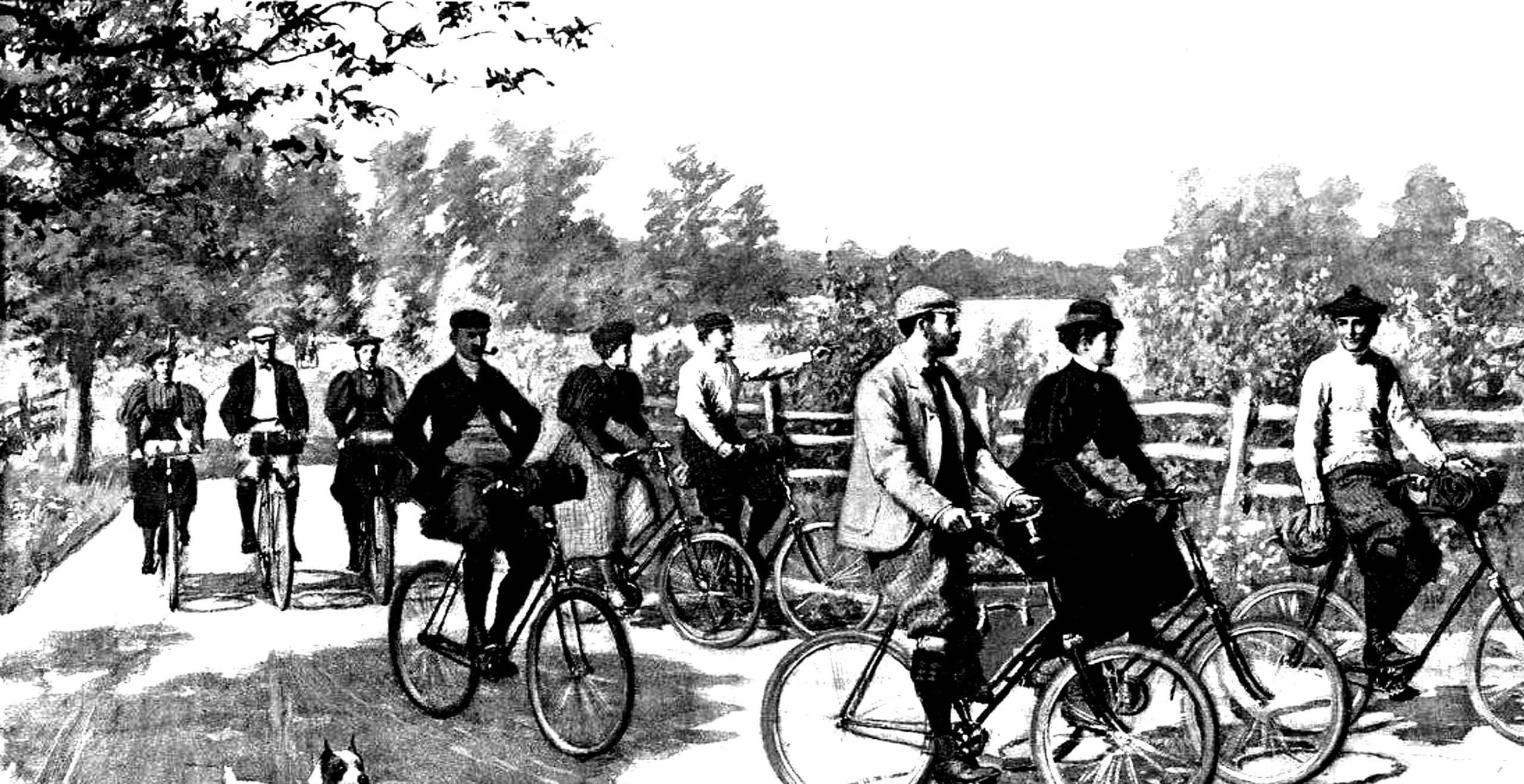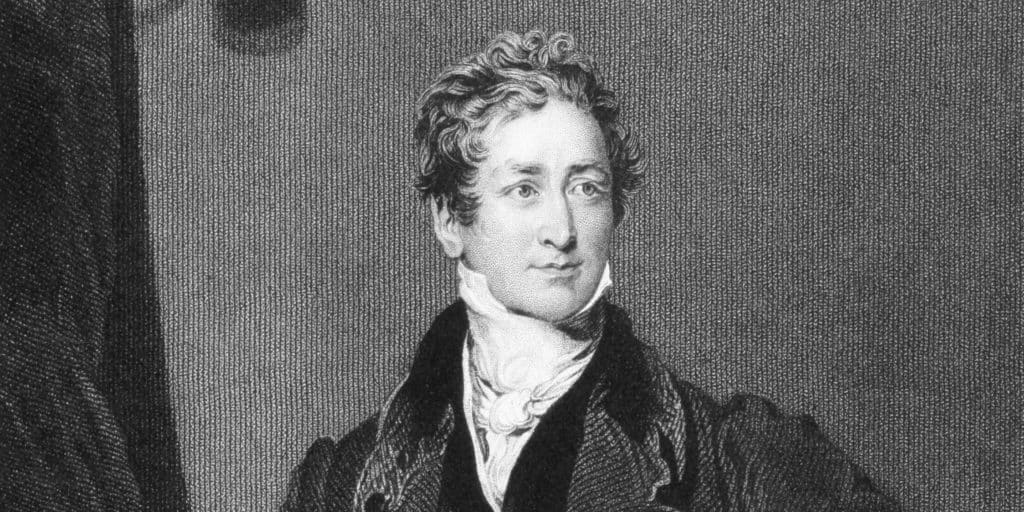An iconic image of the British Police is that of a bobby swinging a truncheon, chasing down criminals and sending them away in handcuffs. While in the UK today an increasing proportion of the police force is armed (in the name of anti-terrorism), it is hard to picture a British Bobby being armed to the same extent as, say, police forces in the United States. However, there was a time when several branches of British Police were armed and remained that way for quite a significant time.
When the Metropolitan Police was established in 1829, the main thought was “policing by consent” and to disassociate the new police force from the way the army had been brought in to police the population in the past. They were issued with dull blue uniforms which contrasted starkly to the red piped uniforms of the army and were in the main armed with truncheons instead of army rifles. However, inspectors and ranks above in the police force were allowed to carry pocket pistols or revolvers and some policemen were even allowed to carry sabres when walking dangerous beats or in case of emergencies.
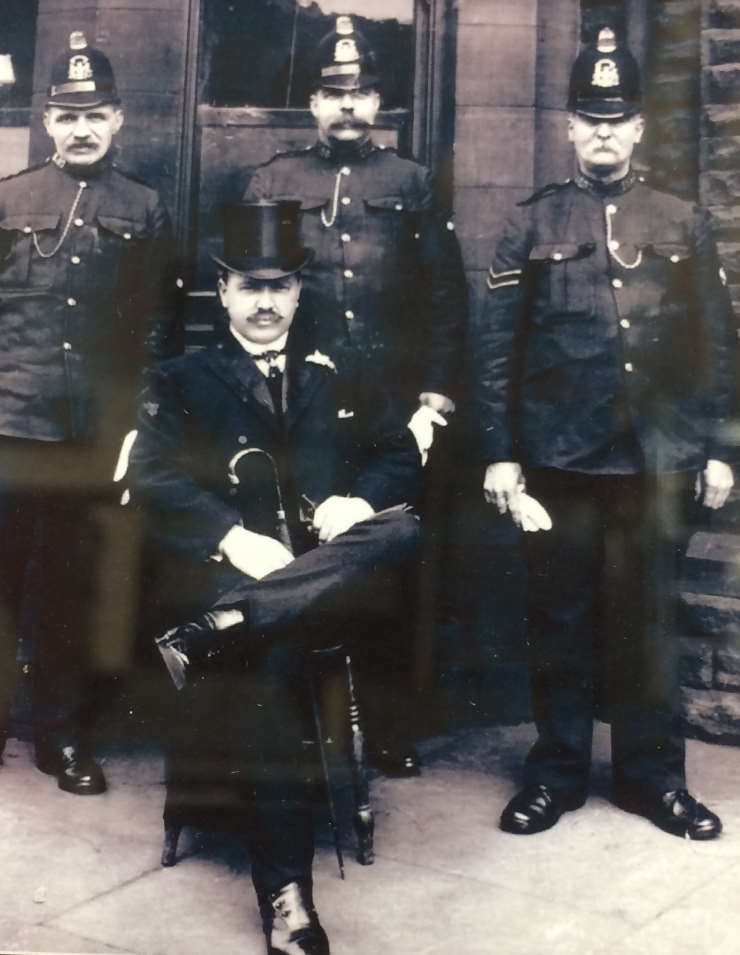
Firearms were issued in limited numbers to policemen on numerous occasions throughout the 19th century, usually upon the death of a police officer by armed criminals. These firearms were usually in the form of revolvers. One such example was in 1884 where after the death of several police officers, the Home Office ordered close to 1000 revolvers from Webley & Son to be issued to branches of the London police. Despite the revolver model being known as the Metropolitan Police Model, the guns were only issued at the discretion of the Divisional Officer and only if the constable in question requested to use one during night duty. Most officers, in fact, refused and the majority of officers never used them!
While initially there was negative reaction to the divisions that received the revolvers, it soon became accepted by other regional branches and revolvers were carried by many branches up to the inter-war years. There was even an inquiry in 1909 as to whether the police issued revolvers should be replaced by newer pistols.
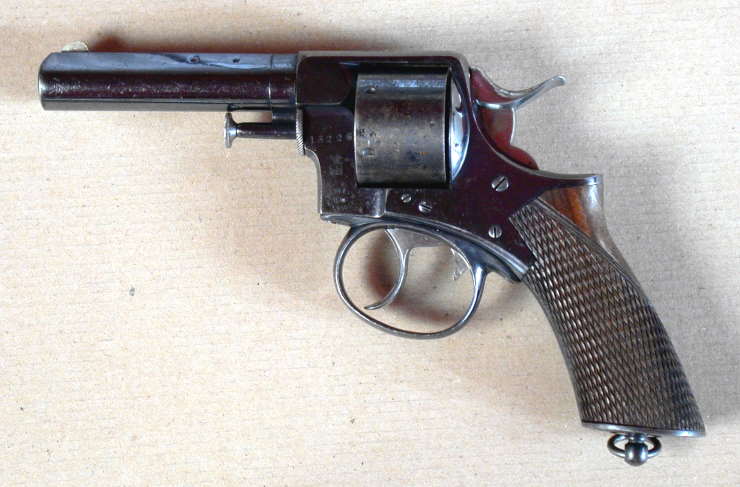
The British public may have disliked the appearance of firearms within police forces in England, Scotland and Wales, but the situation in Ireland, then part of Great Britain, was entirely different. The Royal Irish Constabulary (RIC), founded in 1836, was more comparable to the army than the ‘bobbies’ of London. They carried rifles, carbines, pistols, revolvers and other modes of weaponry and lived in barracks which were constantly guarded. They were armed, arguably, in response to the high levels of violence they faced across mainly rural Ireland from Irish nationalists. During periods of unrest the paramilitary nature of the RIC was usually accepted because of its significance in maintaining order. The police in Ireland, after the Irish War of Independence, still remained largely armed due to threats from the IRA.
British Colonies had similar police forces to that of Ireland. The Canadian Mounties, Shanghai Municipal Police, the Indian Imperial Police, British South African Police, and other police forces of the British Empire, were all armed to various extents during their existence.
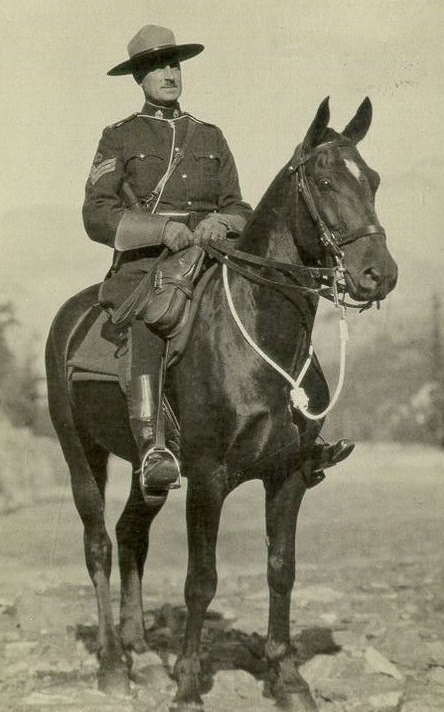
The First World War saw the increased arming of virtually every police branch across the UK, with the main aim being to discourage sabotage by infiltrated foreign agents and in case of enemy invasion. War, once again, in 1939 saw rifles issued in limited numbers to the police for the first time for the defence of key police stations against acts of sabotage. These rifles were largely outdated Ross rifles, demonstrating the perceived low importance of armed police by the Home Office even at a time of war. Following the end of the war virtually all the rifles, as well as significant numbers of pistols and revolvers, were withdrawn from police service.
With the increase in terrorist acts throughout the world and in the UK, the question of arming the police has been brought more into focus. In 2019, despite the fact that more than 90% of British police remain unarmed, there are now more armed policemen in the UK than there have ever been. However it is unlikely that the British police will ever be fully armed. The police in England and Wales only fired seven bullets in the twelve months up to March 2016 and in a survey of officers in 2017, the Police Federation of England and Wales found that only 33% were in favour of routinely arming officers.
The unarmed nature of the British police can continue to be summed up in the words of C. L. Dowbiggin; ‘A notebook is to the policeman what a rifle is to the soldier.’
By Daniel Smith, a History Graduate from the University of York, former World War 2 Reenactor and avid lover of all things history. Hoping to pursue a career in the museum sector.
Published: 26th November 2019.
